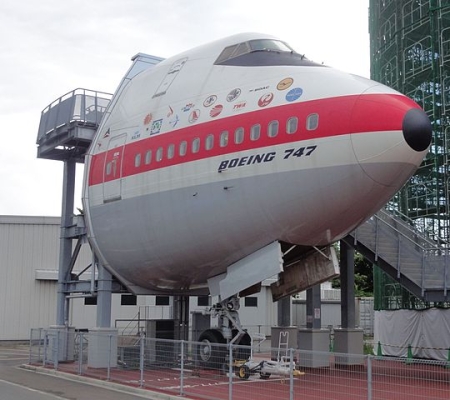Boeing’s write-off due to Starliner delays goes up to nearly $900 million
Capitalism in space: In a SEC filing on October 26, 2022, Boeing revealed that it has been required to spend another $195 million to cover the additional costs due to the further delays in getting Starliner launched, bringing the company’s total expense now to $883 million.
Boeing acknowledged today that it is taking a further $195 million charge against earnings for the CST-100 Starliner commercial crew program. Developed through a fixed-price contract with NASA, Starliner has encoutered a number of delays and Boeing must cover those costs. Added to $688 million already taken, the company now is spending $883 million of its own money on the program.
Boeing’s original fixed-price contract was for $4.2 billion, and included the test flights as well as six operational flights to ISS. However, numerous problems caused repeated delays and the need to fly a second unmanned test flight. Originally planned for the spring of 2020, the first manned Starliner flight is now targeting February 2023, three years behind schedule. Due to that delay, SpaceX’s Dragon ended up getting new contracts that included many of the later operational flights that Boeing would have earned. Right now, even if the capsule begins flying in ’23, NASA’s already purchased six flights will cover its needs through around ’26.
After that, NASA will still need to buy manned flights, if only to get to the new commercial space stations being built, and Starliner will then be an option. This just means however that it will take Boeing a long time to recover its Starliner losses. And that assumes customers begin to line up to buy flights.
Capitalism in space: In a SEC filing on October 26, 2022, Boeing revealed that it has been required to spend another $195 million to cover the additional costs due to the further delays in getting Starliner launched, bringing the company’s total expense now to $883 million.
Boeing acknowledged today that it is taking a further $195 million charge against earnings for the CST-100 Starliner commercial crew program. Developed through a fixed-price contract with NASA, Starliner has encoutered a number of delays and Boeing must cover those costs. Added to $688 million already taken, the company now is spending $883 million of its own money on the program.
Boeing’s original fixed-price contract was for $4.2 billion, and included the test flights as well as six operational flights to ISS. However, numerous problems caused repeated delays and the need to fly a second unmanned test flight. Originally planned for the spring of 2020, the first manned Starliner flight is now targeting February 2023, three years behind schedule. Due to that delay, SpaceX’s Dragon ended up getting new contracts that included many of the later operational flights that Boeing would have earned. Right now, even if the capsule begins flying in ’23, NASA’s already purchased six flights will cover its needs through around ’26.
After that, NASA will still need to buy manned flights, if only to get to the new commercial space stations being built, and Starliner will then be an option. This just means however that it will take Boeing a long time to recover its Starliner losses. And that assumes customers begin to line up to buy flights.




